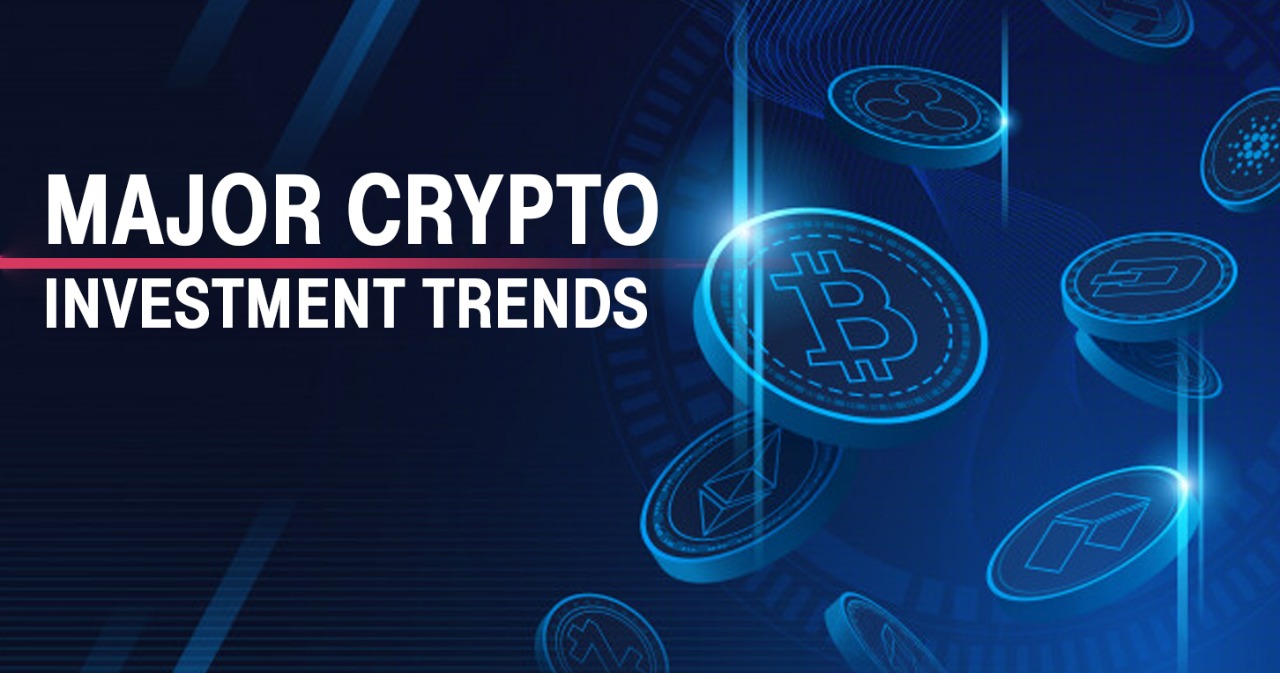- The creation of Defi allows users to take part in financial services under their terms
- An open alternative to classic financial services such as savings accounts, insurance, loans, and trading operating outside the rigid framework of typical institutions
The concept of DeFi, short for Decentralized Finance, has resulted in the development of some of the most disruptive technologies in the realm of finance. Emulating traditional financial services but operating with its fundamental premise decentralization.
Defi’s intrigue is evident, an open alternative to classic financial services such as savings accounts, insurance, loans, and trading operating outside the rigid framework of typical institutions. With no central authority controlling its operation, Decentralized Finance brings change to a system riddled with fees, non-transparency, and economic discrimination.

DeFi Vs CeFi (Centralized)
DeFi often operates on the popular composable platform Ethereum. Users are implementing smart contracts to enforce & execute protocols on the blockchain in place of customary intermediaries such as banks or lawyers.
These DeFi applications or (Dapps) are borderless, immutable, and can be participated in while operating with little to no human intervention.
The advantages of a decentralized service stem from its interoperability and transparency.
Users can build Dapps by combining different DeFi products like Lego pieces. Stable coins such as Tether(USDT), a currency pegged to a real-world asset like USD, are an example of this interoperability, encouraging co-operation and improved Dapps.
Conversely, a typical protocol from a traditional financial institution is set by one group or business, a decision usually made behind closed doors where the institution’s intentions may not be as transparent or user friendly.
Dapps are borderless whether, in Toronto or Tokyo, one would have access to the same services and networks regardless of location. Local regulations may apply; however, most services are available wherever there is an internet connection.
Power to the People
The creation of Defi allows users to take part in financial services under their terms.
From Decentralized exchanges to insurance, to lending, DeFi has improved these services more efficiently with broad market potential while being more inexpensive than established practices.
Typically lending Fiat currency has many entry barriers such as ID verification, account creation, and long wait times for transactions, all verified through a centralized medium that charges fees.
Decentralized platforms take away the need for these formalities due to the implementation of Smart Contracts. These contracts are pieces of code that can be executed automatically in a deterministic way. They can receive, store, and send funds. Thus removing the need for human decision making and trusting intermediaries.
In a traditional sense, an individual contract would have to be executed individually, with each user meeting the requirements of that agreement in terms of cost or fees. Smart contracts are reusable.
Uses have varied from payments to finance to crowdfunding. The most popular DeFi Token is the Wrapped BTC with a Market cap of an estimated 1.65 billion.

Lending / Borrowing disruption
Defi permits a user to systematically take out a loan without traditional reviews, credit checks, or even a bank account. In some cases, the lender is the smart contract, and the algorithm calculates APY/interest rates. In other applications, platforms can guarantee a fixed interest rate in exchange for loaning your crypto asset.
Small lenders must face intermediaries with high costs & fees. The peer to peer model eliminates those fees making it more cost-efficient. Defi Lending also has benefits in terms of returns to the lender. Typical Fiat savings accounts barely accrue up to 1% APY yield farming can offer up to 40% or even higher returns monthly.
Defi Also breaks down walls for the financially discriminated borrowers. 1.7 Billion people do not have access to a traditional bank account or financial institution.
Where does this take place?
Platforms such as BlockFi & Celsius are popular platforms for borrowing/lending crypto assets. Blockfi offers up to 8.6%APY for Tether (USDT) plus compounding interest every month. There is a stipulation of 1 free monthly withdrawal, and after that, there is a flat fee.
Celsius offers a similar platform for over 25 assets ranging from 3.43%APY Kyber (KNC) to 22.40% APY on Synthetix Network token (SNX).
Conversely, Borrowers can use Crypto-assets as collateral for much less than a traditional lending institution with APR starting at 0.7%. More cost-effective and more efficient than a bank.

All that glitters may not be Gold
With all the glamour and possibilities surrounding Defi, like anything, it is not without its risks.
Like any technological advancement, it is subject to hackers and bugs within protocols. In June 2016, The DAO was hacked for roughly $50 million. It is also essential to know the level of decentralization of the contract and the shutdown procedure if something were to happen.
Liquidation can also be an issue if the asset begins to spiral downwards in value and protocols can be altered to no longer perform the intended stipulation.











